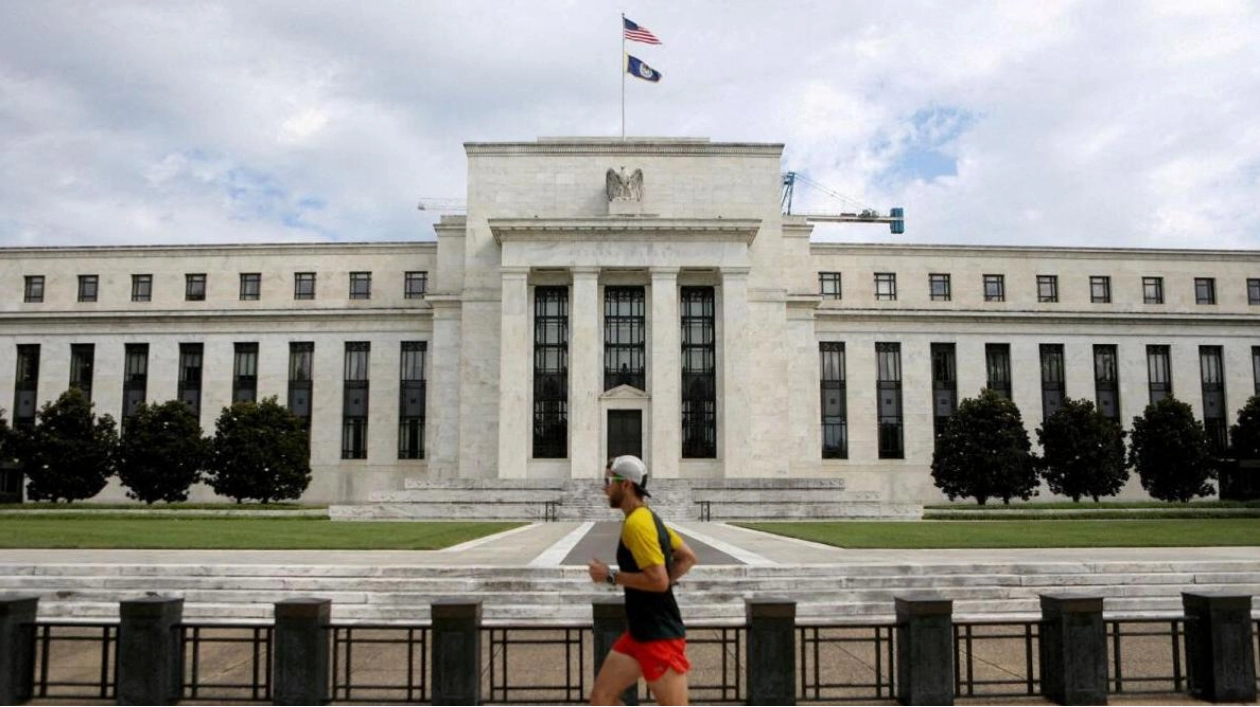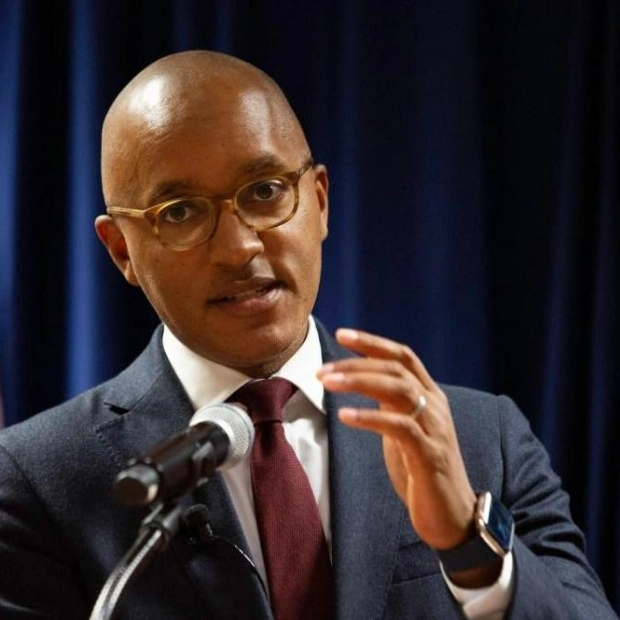Federal Reserve officials convening at the annual central banking conference in Jackson Hole, Wyoming, this week can find some solace in the fact that the US unemployment rate, currently at 4.3 per cent, remains historically low. However, this is not unusual: Since the late 1940s, US unemployment rates have frequently been below the long-term average of 5.7 per cent, only to surge above it rapidly, a pattern that concerns Fed officials.
The emerging trend is not yet fully discernible. The gradual increase in the unemployment rate from 3.7 per cent in January 2023 to 4.3 per cent by July 2024 has coincided with a rise of 1.2 million in the number of job seekers—a factor typically viewed positively for the economy but which can lead to an increase in the unemployment rate. Recently, Fed officials have been more forthright about their readiness to lower interest rates, having maintained the US central bank's benchmark policy rate within the 5.25 per cent-5.50 per cent range for over a year, a level not seen in a quarter of a century.
“The balance of risks has shifted, making the discussion about a potential rate cut in September a relevant one,” stated Minneapolis Fed President Neel Kashkari in a recent Wall Street Journal interview, referring to the central bank’s upcoming policy meeting on September 17-18. Other Fed officials, including San Francisco Fed President Mary Daly, have expressed confidence in inflation returning to the central bank’s 2 per cent target and are open to rate reductions. The Fed is anticipated to decrease its policy rate by a quarter percentage point next month and will provide updated projections on how they foresee rates and the economy evolving through the remainder of this year and into 2025.
Fed Chair Jerome Powell is expected to affirm the central bank's intention to ease credit conditions after curbing the worst inflation surge in four decades during his speech at the Kansas City Fed’s Jackson Hole conference on Friday. Fed policymakers are hopeful that these cuts will facilitate a textbook “soft landing” where inflation decelerates without triggering a sharp rise in unemployment, a scenario often seen when central banks attempt to curb price increases through higher interest rates. In contrast, the current progress on inflation has been significant, with the personal consumption expenditures price index, tracked by the Fed for its 2 per cent inflation target, peaking at an annual rate of 7.1 per cent in June 2022 and declining to 2.5 per cent by July, nearing the target.
However, the unemployment rate had remained below 4 per cent for two consecutive years until recently, while payroll growth significantly exceeded the average of the decade preceding the COVID-19 pandemic. This year, the trend has shifted, and Fed officials have increasingly acknowledged the risks of maintaining overly tight monetary policy for too long. Recent labor market data underscores their concerns. The US government reported weaker-than-expected job growth in July, with only 114,000 new positions. This figure pulled the three-month average below the pre-pandemic trend and increased the unemployment rate by two-tenths of a percentage point to 4.3 per cent.
Moreover, the monthly fluctuations in the data, reflecting people entering and exiting jobs or job searches, are not promising. Although the labor force is expanding, it appears to be taking longer for individuals to secure jobs, indicated by the rising number of people joining the labor force but initially experiencing unemployment. Additionally, federal labor flows data reveals an increasing number of people transitioning from employment to unemployment each month. Despite this, unemployment claims have not surged dramatically and have kept pace with labor force growth.
In the midst of robust consumer spending and positive economic growth that may be decelerating but remains stable, the Fed is not yet viewing the job market as in crisis—it merely aims to prevent creating one. In remarks to the Financial Times, Daly cautioned that maintaining high rates while inflation decreases could lead to “price stability and an unstable, faltering labor market.” This sentiment was echoed by Chicago Fed President Austan Goolsbee, who stated on CBS’s “Face the Nation”: “If you maintain too tight a policy for too long, you will encounter issues with the employment aspect of the Fed’s mandate.”






